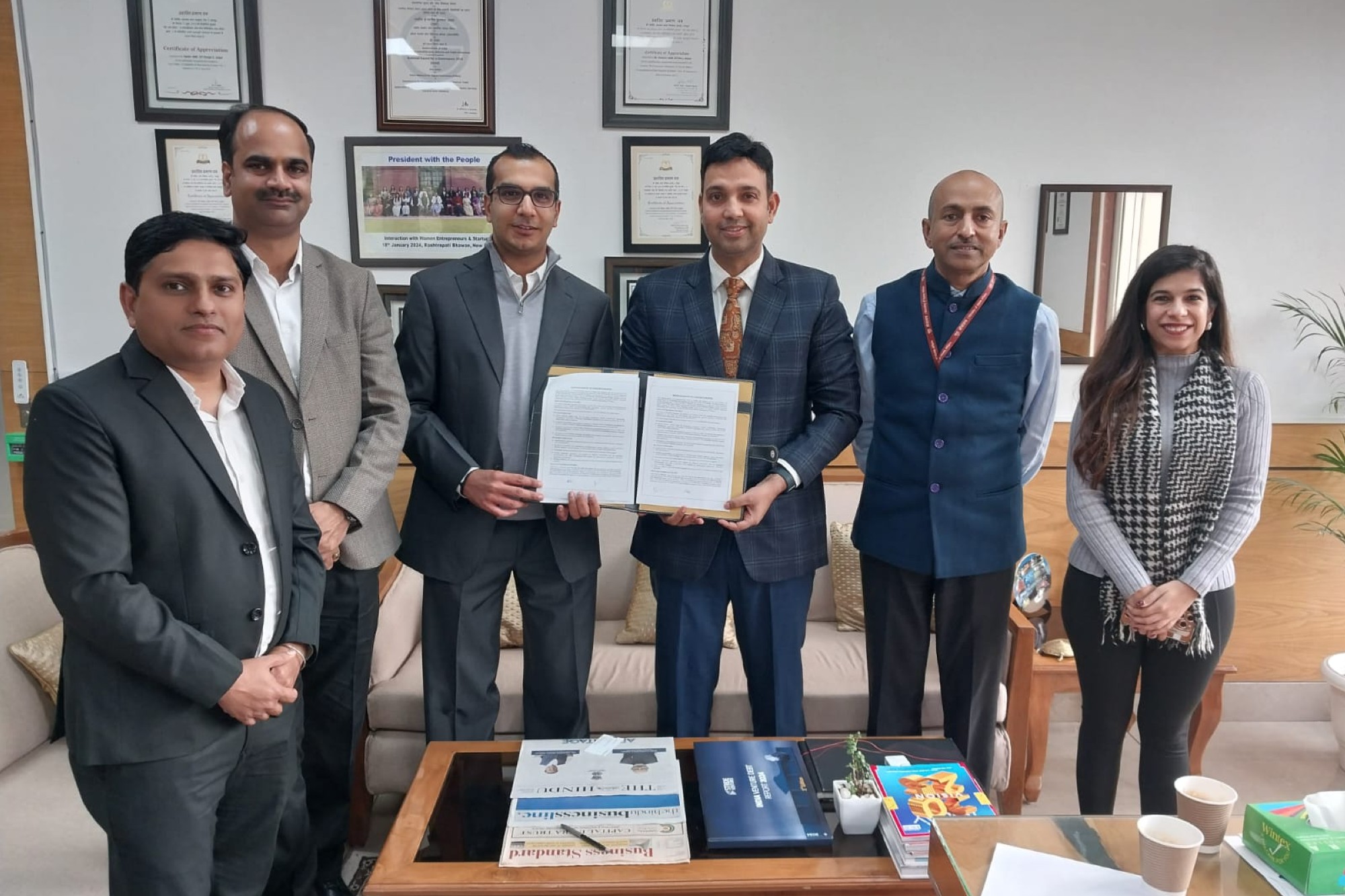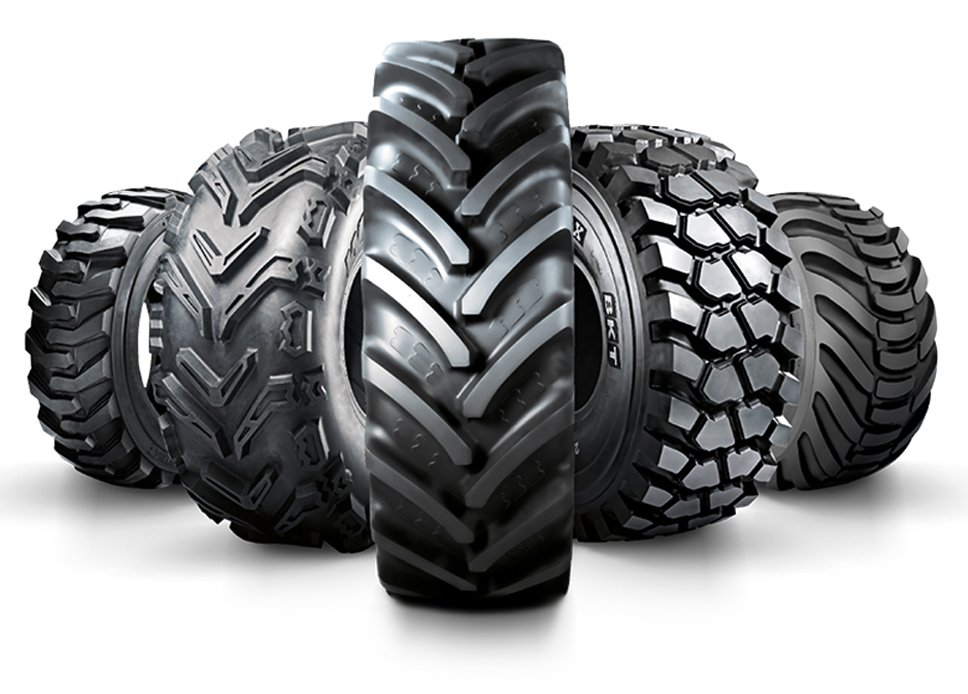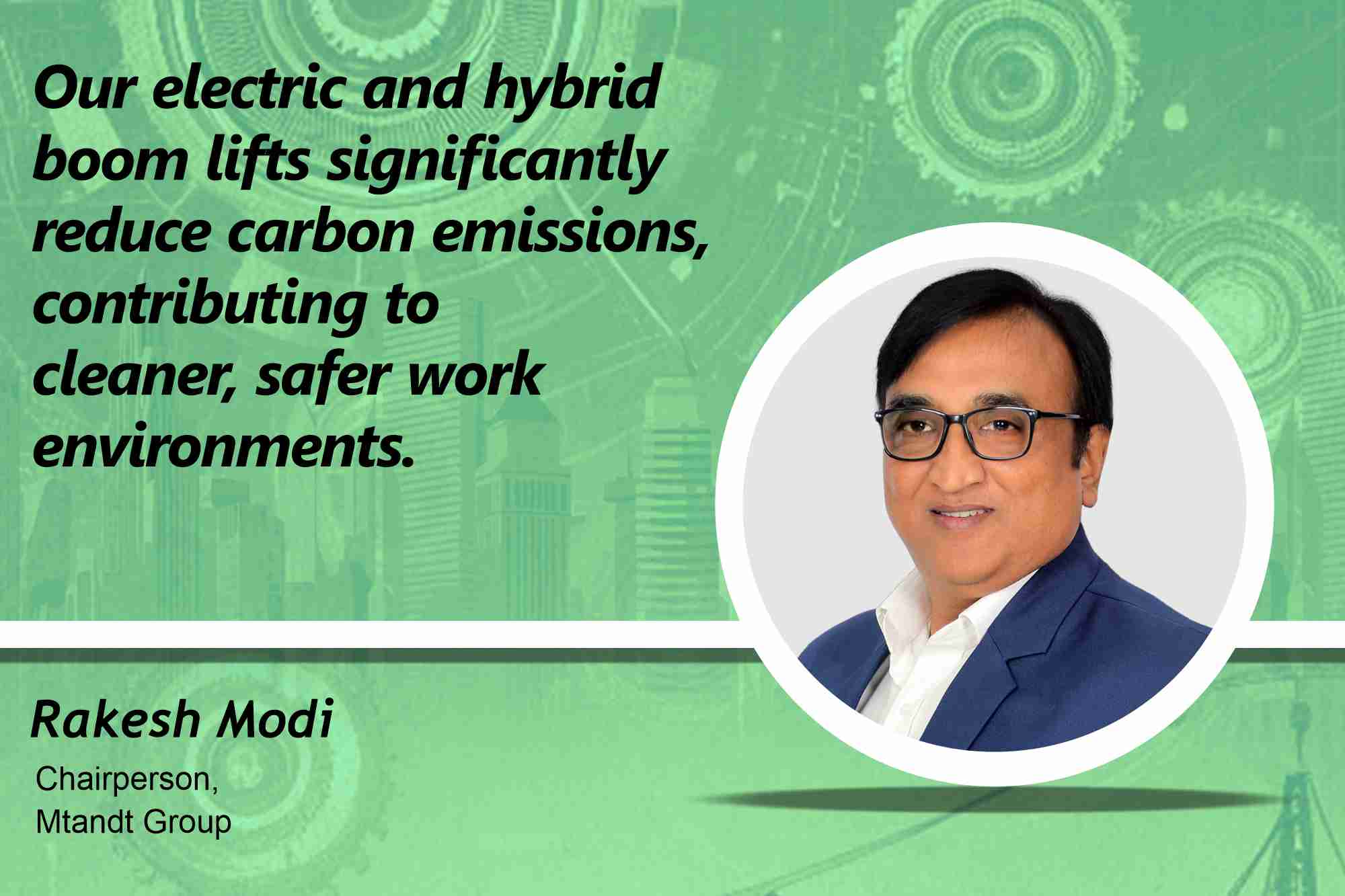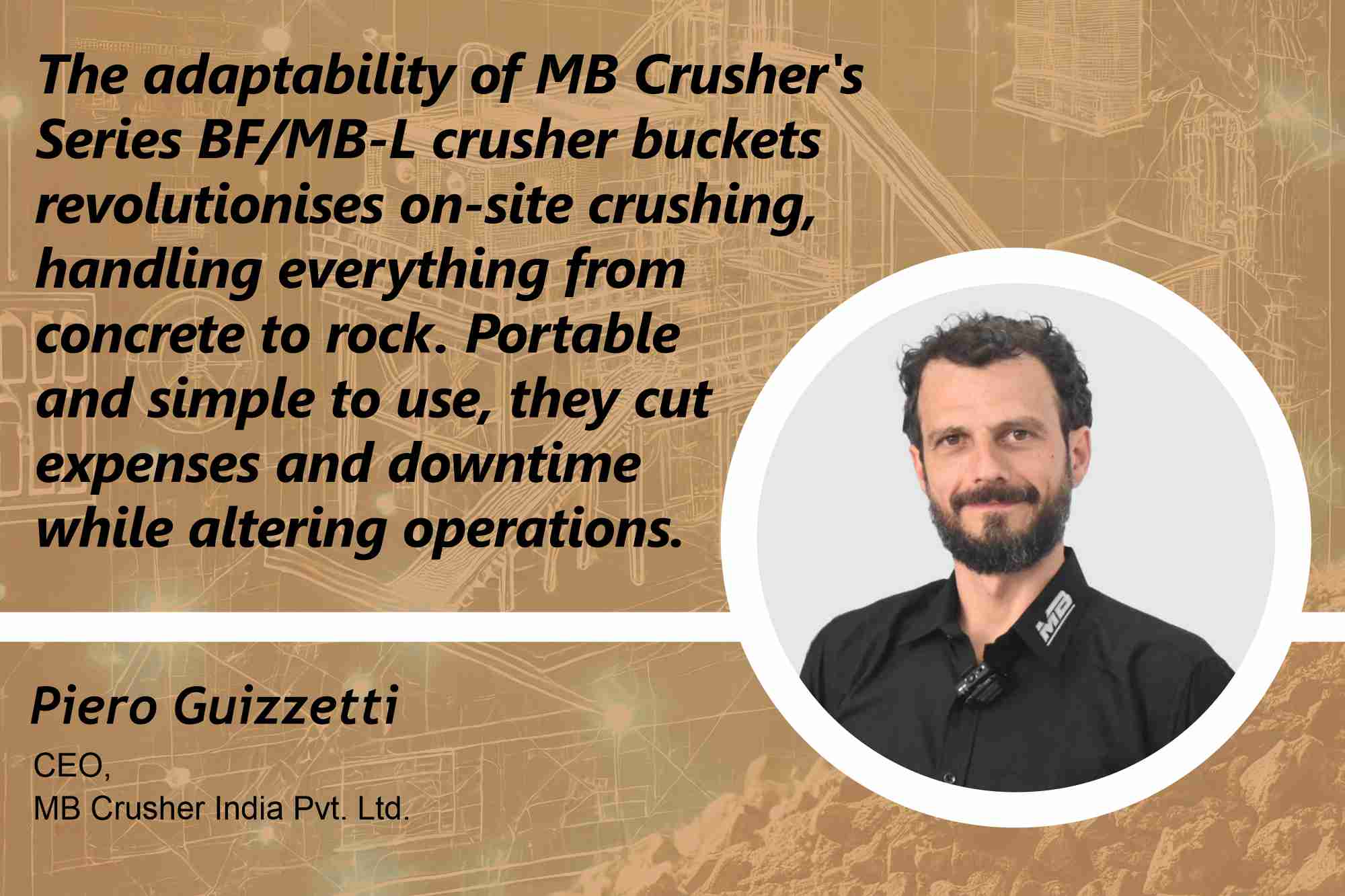How to select roofing materials for manufacturing facility
By Edit Team | April 20, 2017 11:46 am SHARE

Tips for selection of rooftops for manufacturing facility. Numerous options are available when it comes to selecting the correct roofing system for any commercial facility. We take you through some of the factors that play a crucial role in selecting the roofing material for the manufacturing facility. Many roofing systems have come up since roofing became a specialised trade. However, there are some points that have to be looked out for when it comes to selecting the correct materials. The type of facility plays an important role while selecting the correct roofing system. Apart from the type of facility, the second most prominent factor deciding the type of roofing material is the budget. Energy efficiencyThe roof is often the largest continuous surface within a building, which means it plays a key role in indoor climate control. In fact, most facilities are directed to adhere to strict standards for energy consumption. However, in this area, picking the wrong roof material could mean committing to unreasonably high expenses to keep the interior comfortable.For better or worse, it’s no longer a good idea to select roofing that’s cheap and easy to install. Considering the full life of the building, making the switch to energy-efficient roofing makes the most sense. These materials work to reflect more sunlight while absorbing a specific amount of heat, keeping the inside of the building cool in the summer but manageable in cold weather, too.The warrantyIt is expected that most of the roofing contractors will offer a fixed term of warranty. That will cover any defects or issues with the materials after the installation of the roofs. The details of the average warranty cause tremendous confusion. From covering a limited number of problems like leaks, to not covering the preventative care that is essential for long-term maintenance, there can be many problems.It’s also not uncommon to find warranties limited in who can be contracted to perform repairs, even if they are covered. Without a high-quality warranty in place, facility managers could face massive repair bills.Hence it is advised that while shopping for roofing materials, never settle for a weak warranty. It will be wise to look for a provider that incorporates preventative care and regular maintenance into their service. Facility managers should expect nothing less than scheduled inspection and repairs around every three years. In addition, any eligible repairs should come free of charge for the life of the warranty. EvaluationWhile considering a roofing project, it is better to choose a manufacturer who is capable of inspecting the building and someone who can prepare a report about the condition of the roof. Evaluation is a must when it comes to selecting a roofing material. The said expert should be able to generate a detailed specification for the project. This in a way minimises the possibility of getting a costly change order and can rest assured that all contractors will be bidding equally. Most important is to require the manufacturer to conduct inspections during application, thus ensuring the specification is followed through and contractors are not cutting corners.Here are some of the roofing systems that are widely used in the market.Single-ply Roofing SystemsIt is observed that in the roofing world, currently, the Single-ply roofing systems are on high demand. Factors like being affordably priced, high durability and an estimated warranty of more than 30 years are the points that go in the favour of these systems. Single-ply roofing systems are comprised of products such as TPO, PVC and EPDM. These products are much cleaner to apply than raw asphalt-based products and in the case of TPO, are rated to hold up to the accumulation of standing water. While TPO and PVC are primarily available in white to reflect sunlight and keep your roof cool, other assorted colours are available to suit your facility. These products are best suited for offices and warehouses where roof traffic is limited, but they also are compatible with essentially any commercial structure.Asphalt-based Roofing SystemsThese roofing systems were used for industrial roofing for over a century as they were previously the industrial roofing standard. Asphalt-based Roofing systems are thick, messy and the most important of all, they are resilient. It is said that with proper maintenance, an asphalt roof can last up to 50 years.Asphalt-based roofs are composed of layers of modified or fiber glass rolls, which are set and covered in hot or cold asphalt and then capped with gravel or an additional asphalt-based granulated cap sheet. They are commonly found on educational institutions and manufacturing facilities. The pricing for asphalt-based roofing systems can be volatile at times because they are linked to the current world values of petroleum—the primary ingredient in their required materials. That being said, they are sometimes slightly more expensive than their single-ply counterparts, but not by much, depending on the exact specification applied.Tensile structureOver the years, tensile structures have gained popularity due to a variety of benefits it offers including functional, sustainable and aesthetic enhancements. Superior quality tensile structure are manufactured using extremely resistant PVC coated fire retardant technical fabric lacquered with PVDF protection and comes with supporting metal frames. Roofing shades sturdily constructed using tensile polycarbonate sheets and fabric can withstand adverse weather conditions. These are particularly suitable where protection from harsh sunlight is required especially areas like parking sheds and factory godowns.Fiberglass roof structureFiberglass roofing structures are made of high grade raw materials. Durability, light weight, and cost efficiency are the major factors that drive the demand for these roofing products. Fiberglass roofing panels are also easy to install. Moreover, being made from glass fibres, they are also fire retardant. Flexibility in terms of shape, size, design and colour are also the added advantages.Steel roofingSteel has emerged as one of the most preferred materials in the construction industry due to its versatility. Today it is even extensively used in roofing especially for factory applications. Lesser time in project execution and cost efficiency are the biggest advantages of using steel as a roofing material. However, corrosion or rusting remains its disadvantage.EPDM roofingEPDM roofing, also known as rubber roofing or rubber membrane roofing, is one of the most inexpensive roofing materials available today. It’s made of a mixture of recycled tires, sawdust, and slate dust. This kind of roofing sheet is also very lightweight and doesn’t need any kind of reinforcement. EPDM roofing is also very easy to install. However, appearance is the major advantage of EPDM roofing.ConclusionIt is known that no single system fits every building. However, the tips mentioned above can come handy when it comes to selecting the materials for any manufacturing facility.
Cookie Consent
We use cookies to personalize your experience. By continuing to visit this website you agree to our Terms & Conditions, Privacy Policy and Cookie Policy.
























































